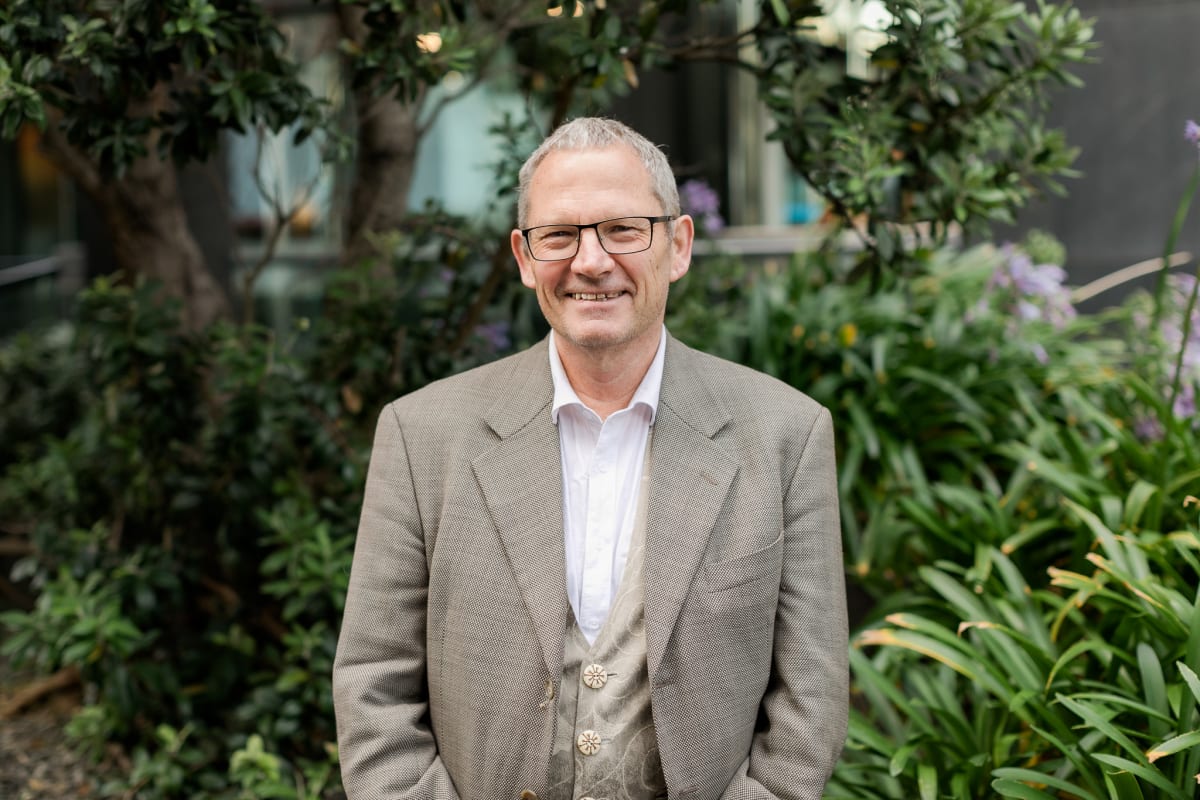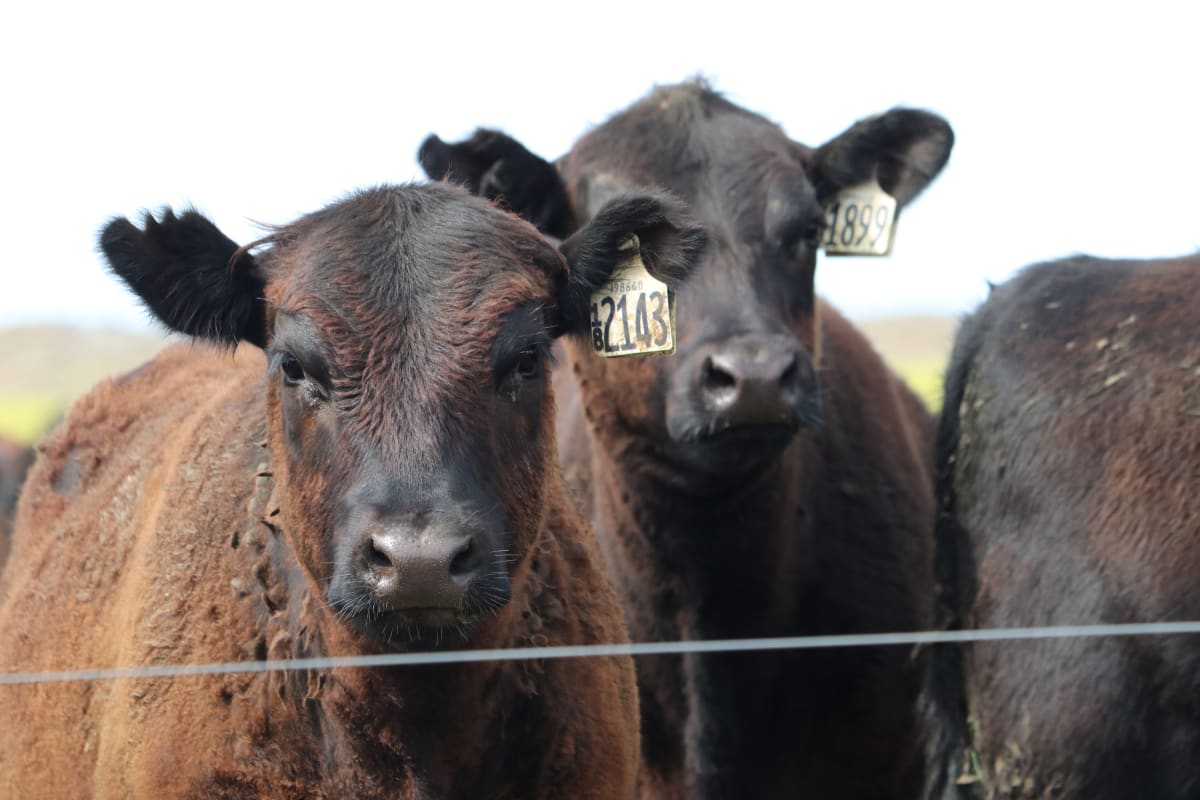
Scientists say “baked-in” climate warming is a myth but we must reduce emissions now. David Williams reports
Climate change is here. The dangerous proof is all around.
The effects of human-induced warming of our planet – record-shattering heat, intense deluges delivering deadly floods, and unprecedented rain in places it has never fallen – can drain people’s hope that things can be turned around.
But climate scientists are urging people not to give up, and instead redouble efforts to reduce carbon emissions, thanks to an under-reported (but more than a decade old) scientific understanding.
That is, if carbon emissions are stopped altogether – an ambitious goal humans are nowhere near achieving – surface temperatures will quickly stabilise; perhaps within a few years. This negates a pervasive idea, which is wrong as it turns out, that a certain amount of warming is “baked in” for decades to come.
“The CO2 concentration in the atmosphere is like the water level in your sink,” says American climate scientist Michael Mann, a distinguished professor at Penn State University. “If you have the faucet on and the drain closed, that water level is rising and it will continue to rise.”
Turn the tap off and the water level stops rising, says Mann, who was speaking last week at a briefing by US media-science organisation Covering Climate Now. But in carbon cycle dynamics the “drain” – referring to carbon sinks, like the oceans, forests and soils – is “open”, meaning carbon-absorbing from the atmosphere continues.
“That means the water level is going to come down.”
As Mann says in his book The New Climate War, every bit of additional carbon we burn makes things worse – but every bit of carbon we avoid burning prevents additional damage.
There’s an emergency, yes, but we’re not all doomed yet.
In scientific terms, we’re talking about a carbon budget – the maximum amount of carbon that can be burnt before global average surface temperatures increase by 1.5°C of warming above pre-industrial levels, after which there will be more dramatic changes.
Stop the emissions, the science says, and temperatures stabilise.
Since 1850, there have been about 2390 gigatonnes of anthropogenic CO2 emitted. To have a 67 percent chance of remaining below 1.5°C, only 400 GtCO2 more can be burnt. At last year’s rate of roughly 35 GtCO2 , that’s roughly 11 years.
“The good news is we’re riding along the summit now,” Mann says. “Those carbon emissions are no longer rising.” (Well, Covid-19 lockdowns and restrictions had a big say in that.)
Mann continues: “But we’ve got to bring them down, and we’ve got to bring them down quickly.”
Nuance, uncertainty, complexity
Of course, any optimism is laced with nuance, uncertainty and complexity, as well as some large caveats. But it gives hope that if global emissions can reduce rapidly, the world can avoid crossing the 1.5°C threshold.
The world has warmed about 1.1°C already, and the latest assessment from the United Nations body charged with assessing climate science, the Intergovernmental Panel on Climate Change (IPCC), estimates another 0.4°C might be added by as early as 2027.
Professor James Renwick, a climate scientist at Victoria University of Wellington, who also sits on this country’s Climate Change Commission, says: “This idea that, oh, there’s heaps of warming baked in and it’s all going to go out of control, it’s just not true.
“Whenever we stop adding carbon dioxide to the atmosphere we stop the warming – that’s absolutely rock solid.”
The IPCC report released last September says there’s high confidence of a “near-linear relationship between cumulative anthropogenic CO2 emissions and the global warming they cause”.
New Zealand’s Zero Carbon Act is designed to get the country to zero emissions of carbon dioxide by 2050. “If every country could do the same then we would stop the problem,” Renwick says.
There’s important context here: The IPCC warned in 2018 that greenhouse gas emissions must be reduced by 45 percent by 2030, compared to 2010 levels, and hit net zero by 2050, to stay below 1.5°C of warming.
But the latest nationally determined contributions – emission reduction promises under the UN’s Paris climate agreement – is for emissions to be 16 percent above 2010 levels by 2030.
Last month, Patricia Espinosa, the UN climate chief, urged governments to submit more ambitious emissions reduction plans.
“No country is exempt,” she said. “The pressure is on and civil society has made it clear: they want results.”
Targets will be reviewed at this year’s climate conference in Egypt.
Renwick, a lead author of several IPCC reports, says: “We really have to take action this decade. We’ve already spent a year and a bit, I suppose, doing basically nothing but talk about it. So we need action immediately.”
Subject to approval, the latest IPCC report from “Working Group II”, on impacts, adaptation and vulnerability to climate change, is due for release next week.

All that said, there are some big caveats.
Even if carbon emissions stop, the oceans are going to continue to absorb heat, Mann says, and that warming will continue to destabilise the ice shelves off Antarctica. And even if surface temperatures stabilise, some impacts are going to get worse – like sea level rise.
Just last week, the US National Oceanic and Atmospheric Administration warned US coastlines could get, on average, another foot (30.5cm) of sea level rise over the next 30 years – the same amount experienced in the entire 20th century.
“That’s baked in,” Mann says, adding that it’s possible to stop that foot becoming metres of sea level rise if carbon emissions can stay below critical levels.
It’s not clear just how close the world is to certain tipping points, like the disintegration of major ice sheets in the West Antarctic and Greenland. These tipping points would accelerate certain effects – in this case, sea level rise.
(Ice sheets, or continental glaciers, cover land, while ice shelves float on coastal waters. The key here is ice shelves often hold ice sheets in place, like a stopper – which becomes a problem when ice shelves collapse. If the Antarctic ice sheet melts, sea levels would rise about 61 metres.)
Mann says there are varying estimates for sea level rise to 2100, with some as high as a metre-and-a-half, depending on the amount of warming.
“That’ll be massively destabilising,” he says. “On the other hand, if we blow past that 1.5°C limit, then we have to start talking about two, three, four, five metres of sea level rise.”
Covering Climate Now’s co-founder and executive editor, Mark Hertsgaard, says the science that says temperatures can be quickly stabilised when carbon emissions stop is not a ‘get out of jail free card’. (Plus, there’s the “new normal” of unprecedented heat waves, wildfires, floods and superstorms to deal with.)
Yes, oceans will keep warming and acidifying, Hertsgaard says, but the worst effects can be avoided if emissions are lowered rapidly.
If any country has the right to be gloomy about the future it’s Bangladesh – one of the most vulnerable countries to the effects of climate change because of vast, low-lying areas.
Professor Saleemul Huq, director of the International Centre for Climate Change and Development, says about 170 million people live on the delta of two of the world’s biggest rivers – the Ganges and the Brahmaputra – an area that is regularly flooded and hit by cyclones.
The people living there, with the help of agricultural scientists, have been incredibly adaptable. Millions of rice farmers now growing salt-tolerant varieties, and demanding a higher price. Others are building rafts that rise and fall with water levels, to grow vegetables.
However, when you’re talking about sea level rise measured in metres, there’s a limit to adaptation.
Already, Bangladesh is developing what it’s calling climate-resilient, migrant-friendly towns so the people displaced by climate change don’t just end up in the slums of the capital, Dhaka.
“It’s going to be inevitable,” Huq says. “We cannot prevent a certain degree of climate migration over the coming decade or two. It'll be slow but it will be inevitable and we have to deal with it.”

No conversation about New Zealand and climate would be complete without bringing in methane.
Methane makes up 42 percent of this country’s gross greenhouse gas emissions, measured in carbon dioxide equivalents, and the agriculture sector was the largest contributor, at 48 percent.
What are the implications for New Zealand of this link between carbon dioxide concentrations in the atmosphere and warming?
Mann, of Penn State, says the physics and chemistry involved is pretty specific to carbon dioxide – “i.e. it doesn’t apply to methane”. Because methane is a shorter-term warmer than CO², he says the “procrastination penalty” for reducing it isn’t as great as for carbon.
But given how close the world might be to crossing key tipping points, methane’s potency – its warming effect is 80 times more powerful, over 20 years, than carbon dioxide – is a big problem. Seen a different way, reducing methane concentrations could be crucial to staving off runaway climate change.
Mann quotes Hertsgaard – there’s no “get out of jail free” card. “We do have to limit agricultural/livestock emissions as well, and clearly this is a key focus.”
Renwick, of Victoria University of Wellington, says because of methane’s bigger short-term heating effect, reducing emissions is a good idea. “But we absolutely must focus on carbon dioxide and get that all the way to zero.”
US magazine Scientific American reported last year on the link between temperatures and atmospheric concentrations of carbon dioxide.
The magazine’s editor-in-chief Laura Helmuth said during last week’s Covering Climate Now briefing that a challenge to journalists is to not be unremittingly grim – to be honest and clear without making the situation seem hopeless.
Many climate change authors and experts agree, saying it’s important to avoid “doomism” – portraying climate action as a lost cause.
It’s the new denialism, Australia’s Ketan Joshi writes; the new “fossil fuel profit protectionism”. Mann writes in his latest book: “The flames of doomism are being fanned by polluting interests who don’t want to see us change.”
Change is possible. But the science says only rapid emission cuts will do. Without them, honest and clear reporting will slowly but surely reach the tipping point of unremittingly grim.







